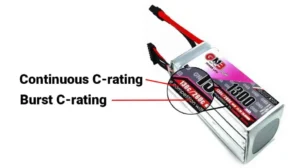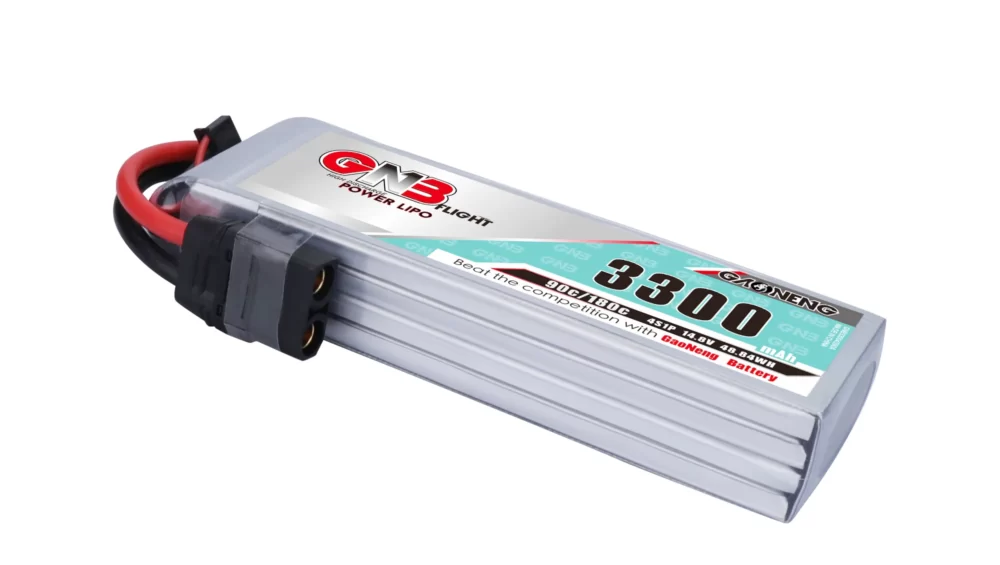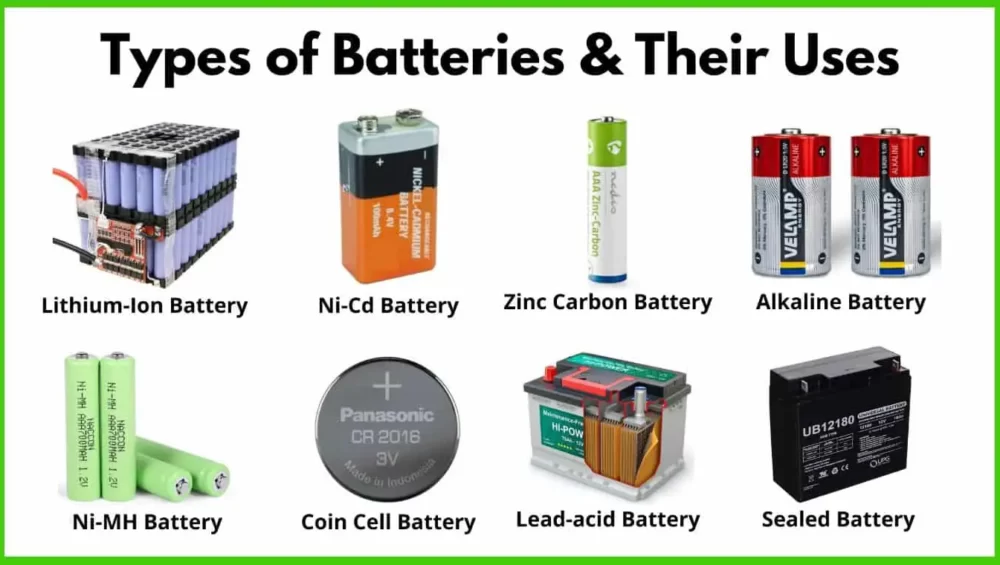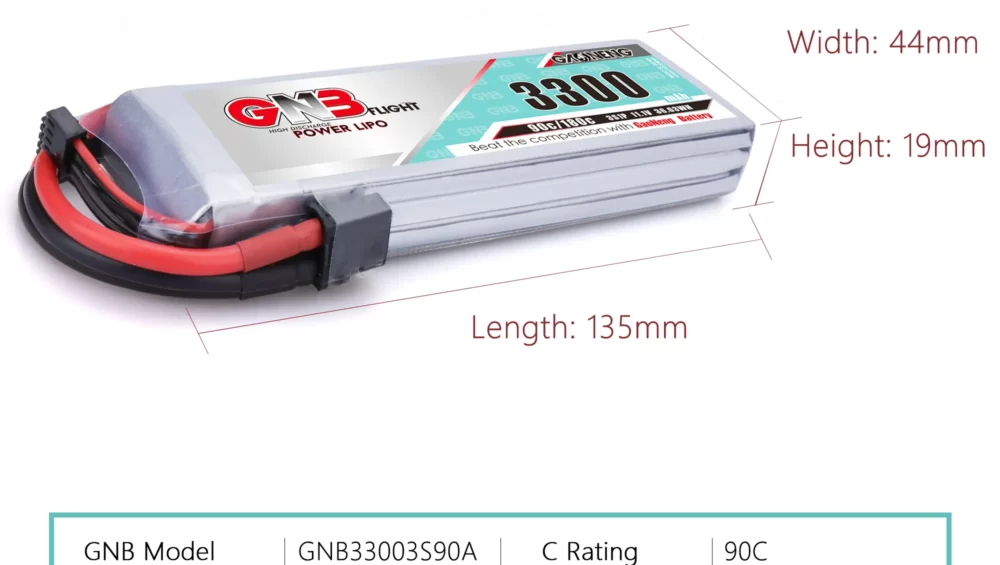What is c rating of a battery?
Table of Contents
Introduction
You know how batteries vary in size and capacity, right? Well, when we talk about the “C rating” of a battery, we’re basically talking about how fast you can use its capacity.
Suppose you have a battery with a certain capacity, let’s say 1000 milliampere-hours (mAh). The C rating tells you how to safely remove that battery. So, if you have a battery with a 20C rating, that means you can safely draw 20 times its capacity in amps.
For example, if you have a 1000mAh battery with a 20C rating, you can draw 20,000 milliamps, or 20 amps, without degradation.
Now why is this important? Well, sometimes things like remote control cars or drones need a lot of power fast. That’s where the high C-rated battery comes in handy. They can deliver flavor quickly without being too overwhelming or spoiling.
But remember, a C rating is only one piece of the puzzle. You should also consider factors such as voltage and overall battery quality when choosing the right one for your device or toy. And, of course, always handle those lithium batteries with caution – misbehavior can be dangerous!
When we talk about the “continuous C rating” and the “burst C rating” of a battery, we’re basically looking at two different ways a battery can deliver energy.

Continuous C rating
This is the maximum sustained discharge rate that the battery can handle for as long as it does not degrade or overheat. It’s the rate at which you can draw power from the battery without losing it. For example, if you have a battery with a 20C continuous C rating, that means you can draw current at a rate 20 times its capacity as long as you don’t damage the battery.
Burst C Rating
This refers to the maximum discharge rate that the battery can handle up to a brief burst without damage. It’s like a momentary charge that allows the battery to accelerate or a sudden burst of activity. An explosive C rating is generally higher than a continuous C rating, but is only intended to be used for a short period of time such as a few seconds. If you exceed the explosive charge for too long, you run the risk of damaging the battery or reducing its life.
Click here to buy batteries.






